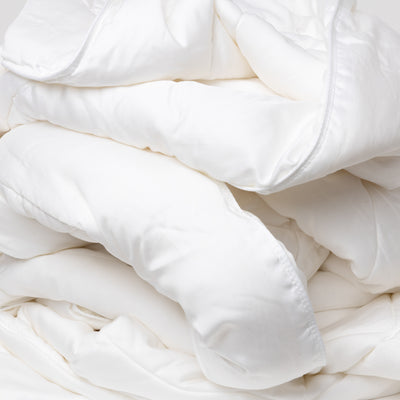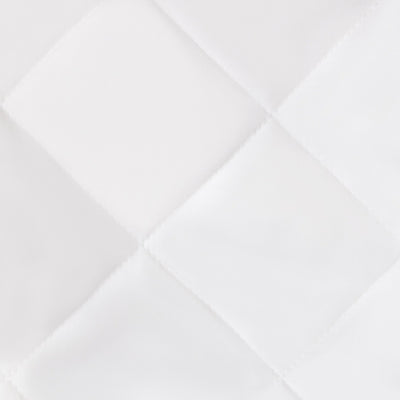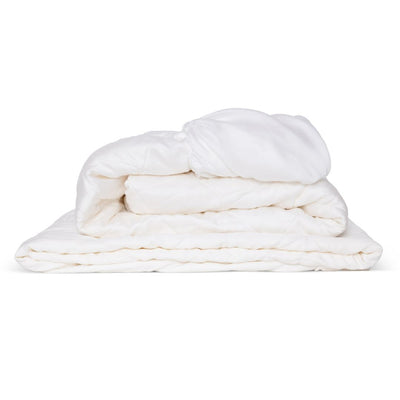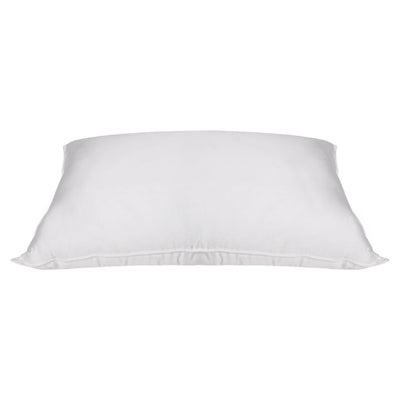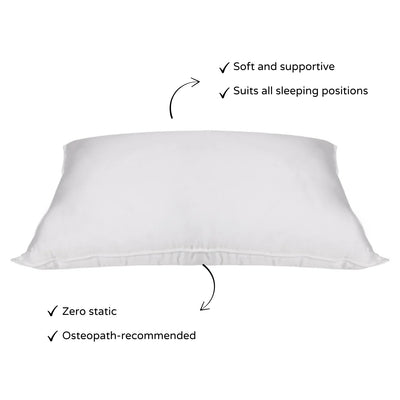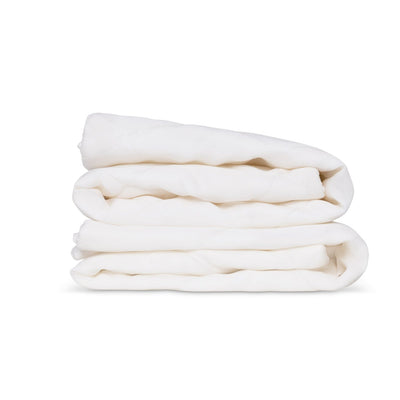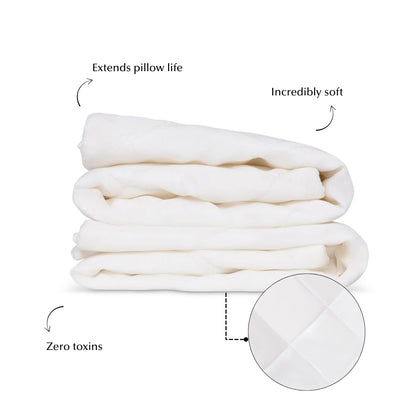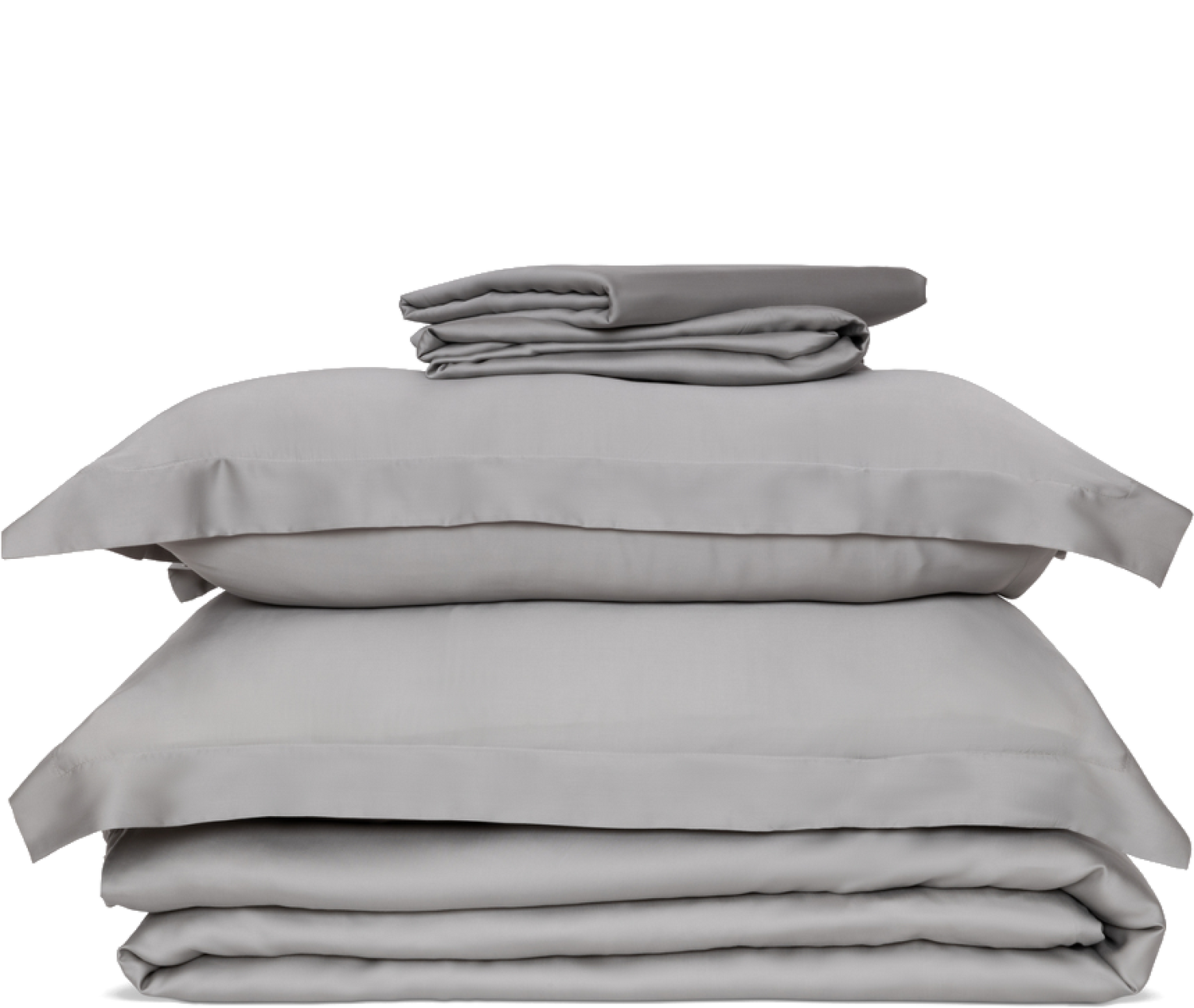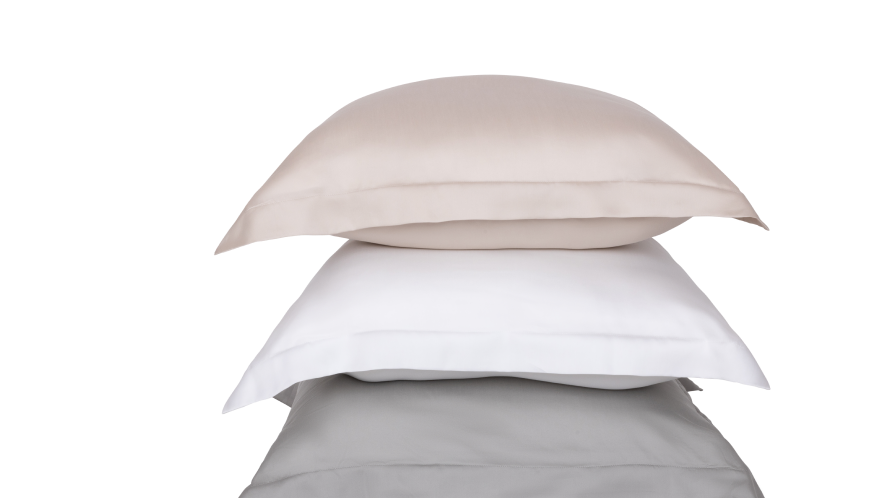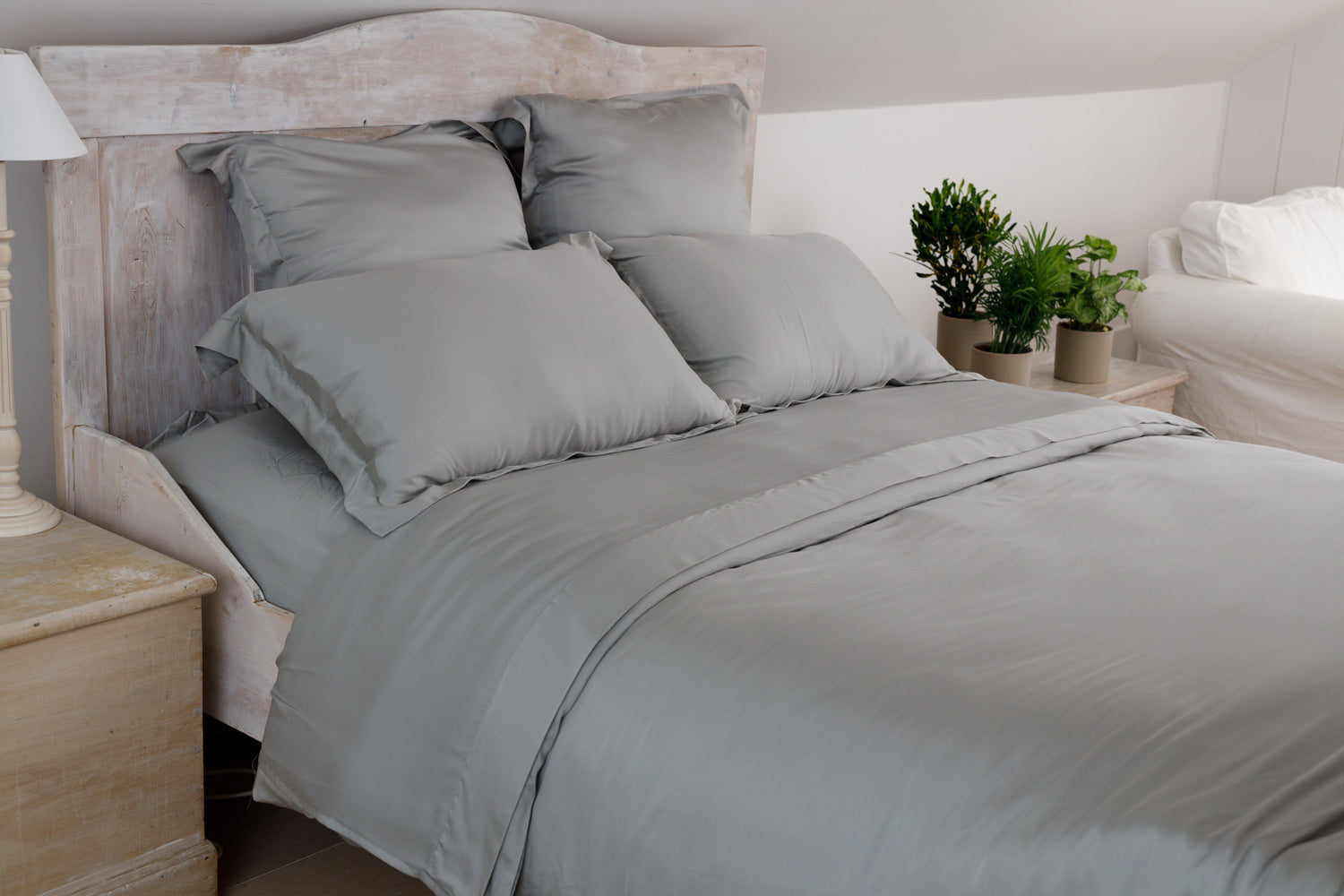When shopping for a new mattress, most people focus on comfort. But what you sleep on matters just as much as how it feels.
From chemical off-gassing to heat retention and long-term health implications, the materials inside your mattress have a significant impact on your sleep quality and wellbeing.
At Ethical Bedding, we believe the future of sleep is natural, breathable, and free from petrochemicals. That is why we created the CocoCore mattress as a clean, high-performance alternative to memory foam that is better for both people and the planet.
The Problem with Memory Foam
Memory foam mattresses are popular, often promoted as cutting-edge and supportive. But when you look beneath the surface, memory foam comes with serious drawbacks.
1. Made from Petroleum
Most memory foam is made using polyurethane, a plastic derived from crude oil. While it may feel soft initially, it is far from natural. Memory foam is not biodegradable, not recyclable, and contributes directly to global plastic pollution.
2. Releases Toxic Chemicals
The strong chemical smell when you open a new memory foam mattress is called off-gassing. This happens when volatile organic compounds (VOCs) are released from the synthetic materials used during production.
Exposure to VOCs has been linked to:
• Headaches and dizziness
• Respiratory irritation
• Disrupted sleep
• Indoor air pollution
Many memory foam products also contain added flame retardants and adhesives, increasing the chemical load in your bedroom.
We will cover off-gassing in greater depth in an upcoming article focused specifically on that topic.
3. Traps Heat and Moisture
Memory foam is dense and closed-cell, meaning it retains heat and absorbs moisture. Even when infused with cooling gels or ventilated layers, memory foam often causes overheating, sweating, and disturbed sleep.
4. Poor Long-Term Support
While memory foam moulds to your body initially, it compresses and loses elasticity over time. This leads to uneven support, spinal misalignment, and discomfort. For side sleepers especially, this creates pressure points and potential pain.
Why Natural Mattresses Are a Better Choice
Natural mattresses made from biodegradable or plant-based materials offer a healthier and more sustainable alternative to synthetic beds. They are breathable, durable, and safer to sleep on, without the chemical risks.
Common natural mattress materials include:
• Coconut coir
• Organic or natural latex
• Bamboo and hemp fibres
• Wool or cotton layers
• Pocket springs without glue or foam
However, not all so-called natural mattresses are truly natural. Many still contain synthetic latex, foam adhesives, or petroleum-based components. Others are heavy, poorly ventilated, or difficult to recycle.
That is why we developed CocoCore. To offer a genuinely sustainable mattress without compromising performance or comfort.
CocoCore: Balanced by Nature and Built for Performance
The CocoCore mattress is designed to deliver exceptional sleep through a carefully selected blend of natural and recycled materials. It avoids all foams and glues, prioritising breathability, hygiene, and long-term durability.
What’s Inside CocoCore
Coconut Coir Layer
A springy, breathable foundation made from coconut husk. Naturally antimicrobial, moisture-resistant, and long-lasting.
Zoned Pocket Springs (2,000)
Each spring moves independently, delivering full-body support and reducing motion transfer. There are no glues or adhesives in the spring unit.
Bamboo and Hemp Fibres
Highly breathable and antimicrobial. These fibres help regulate body temperature and manage moisture, keeping your sleep surface clean and dry.
Recycled Ocean Plastic Polyester Blend
Used sparingly in non-comfort layers. This provides structural integrity while contributing to a circular economy by repurposing plastic waste recovered from oceans.
If you would like to learn more, we will publish a full article explaining why we use recycled polyester and how it supports durability, hygiene, and sustainability.
CocoCore vs Latex vs Memory Foam

Why We Blend Natural and Recycled Materials
At Ethical Bedding, we are transparent about our material choices. Natural materials are ideal for comfort and temperature regulation. However, in certain parts of the mattress where additional structure and durability are essential, a small amount of recycled polyester provides superior performance.
By using recycled ocean waste rather than virgin synthetic fibres, we are able to:
• Extend the lifespan of the mattress
• Improve edge stability and shape retention
• Reduce the need for chemical glues
• Actively remove plastic waste from marine ecosystems
This approach reflects our commitment to high-performance sustainability. Every material we use has a specific functional purpose and is chosen for long-term benefit.
Why CocoCore is the Future of Natural Sleep
Memory foam mattresses might seem like an easy choice, but they come with long-term health and environmental costs. Even natural latex mattresses have limitations, from excessive weight to heat retention and difficulty in recycling.
CocoCore is the answer to these problems. It provides the support of a zoned spring system, the breathability of natural fibres, and the structural integrity of recycled components, all within a recyclable, non-toxic, and ethically sourced construction.
With CocoCore, you get:
• Proper spinal support
• Cool, dry sleep every night
• Cleaner indoor air
• Planet-friendly materials
• Long-lasting comfort backed by real sustainability
Explore CocoCore and discover what natural sleep is really meant to feel like...

